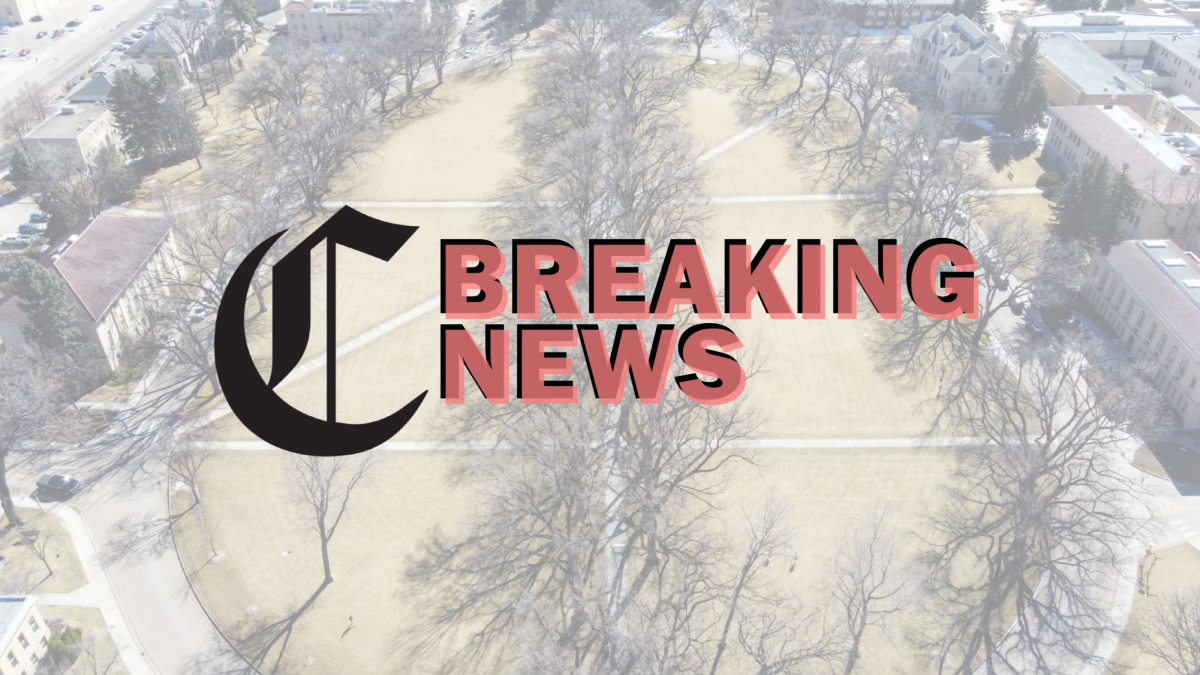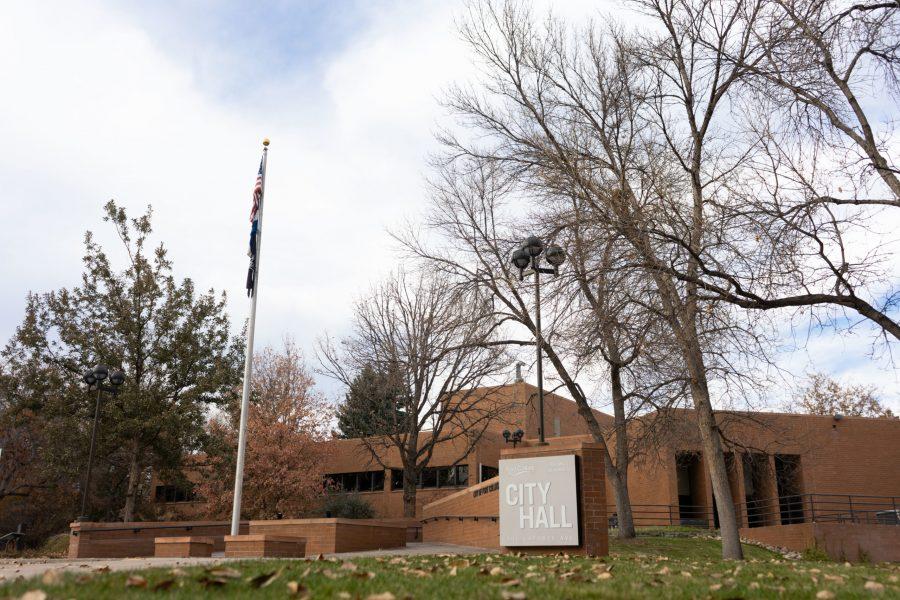As Fort Collins’ population increases, local government — along with the help of shelters and volunteers — is working to implement initiatives to avoid displacement of the homeless community as it grows and overflows the local shelters’ capacities.
As winter approaches, seasonal shelters begin operating within the community starting at the beginning of the November.Seasonal shelters are operated by the primary shelter providers as well as volunteers and volunteer organizations.
Ad
In Fort Collins, two main shelters operate year-round: Catholic Charities and Fort Collins Rescue Mission. Seasonal overnight options and warming centers are also offered from Nov. 1 to April 30.
According to Dustin Barrington, the programs manager for Catholic Charities, volunteers are needed throughout the year, but particularly during the holidays for general operations, along with food and gift programs.
“The issue of homelessness is a community-wide issue – not just a city government issue,” Sowder said. “We all need to step up and help out if we are going to make a difference.”
Volunteers play a dominant role in the success and efficiency of homeless shelters within the Fort Collins community. When Safe Places to Rest (SPTR) first emerged as a pilot project in 2016, 60 volunteers contributed more than 1,250 hours of service by managing satellite sites and providing safe transportation.
According to a report released by City of Fort Collins, through the effort of a staff of predominantly volunteers, 557 shelter beds were provided for the 69 days the project ran.
According to Beth Sowder, the social sustainability director for the City of Fort Collins, volunteers come from a variety of places. Faith-based communities are a primary source of volunteers, but anyone is welcome to help.
According to winter and emergency weather shelter information provided by the City, warming centers are seasonally available from 6-10 p.m. Friday through Sunday, with the location varying depending on the day.
The Seasonal Overflow Shelter (SOS) operates Friday through Monday, with the potential of additional nights to be added depending on the weather. SPTR runs Tuesday through Thursday.
The SOS serves as a shelter after Catholic Charities exceeds their capacity. Once SOS is full, SPTR provides assurance that all members of the homeless community receive shelter during colder temperatures.
Ad
With demands exceeding shelter capacity during the winter, guests must first attend the bed lottery at Catholic Charities at 6 p.m. before receiving admittance to any shelter. If guests successfully obtain a voucher to Catholic Charities, they are admitted at 10 p.m. Overflow guests may be assigned a spot in the SOS at the Community Christ Church or with SPTR, where they will be transported to community-based sites.
According to Sowder, an emergency weather shelter plan may be activated in the case of extreme temperatures. In this instance, the City works with shelters and warming centers to ensure every person seeking shelter receives it.
Each year, data is collected on the effects that new initiatives have on the homeless community. The City uses the data to identify problems within the system.
“Right now, Fort Collins has many good services for people, but not enough housing units that are affordable (and) not enough housing assistance to ensure housing retention,” Sowder said. “We will continue to watch the data so we can identify where the gaps are and prioritize resources to fill those gaps (and) meet the needs.”
Although not directly involved with management of shelters in the community, local government collaborates with partners to create an effective system through funding and policy implementation that not only provides necessary temporary housing, but long-term solutions to homelessness within the community as well.
In an attempt to reduce homelessness within the community, Fort Collins’ local government developed Homeward 2020 to serve as a catalyst for the proposed Fort Collins Ten Year Plan with the goal to make homelessness rare, short-lived and non-recurring.
The plan aims to implement a network of housing and services to assist current homeless residents by getting them permanent housing and to prevent those at risk of homelessness from losing their home.
According to data provided by Homeward 2020, both the number of homeless families and unaccompanied homeless youth decreased between 2013 and 2015, following its implementation. The mean length of homelessness within the community also decreased from 904 days in 2013 and 746 days in 2015.
Barrington believes the homeless situation in Fort Collins will be a challenge, but can easily be solved through community cooperation and synergy.
“The reality of homelessness is very complex and each situation is unique,” Barrington said. “Resolving this issue in our community will require a concerted effort from a wide spectrum of community stakeholders.”
According to data released by Homeward 2020, despite progress in specific trends, Fort Collins saw an overall increase in homelessness each year from 2013 onward. The report attributes this to the City’s population growth, with 0.19 percent of the population consistently remaining homeless throughout the years of data collected.
With the selflessness of volunteers, Barrington believes the community can easily tackle providing for the growing population.
“We have a very generous local community and we are thankful that this is so,” Barrington said. “If homelessness is being addressed in any community, I believe that it can be addressed in ours.”
Community members looking to volunteer at homeless shelters within the city are encouraged to call 970-484-5010 to speak with the volunteer coordinator for Catholic Charities.
Collegian reporter Piper Davis can be reached at news@collegian.com or on Twitter @piperldavis.










